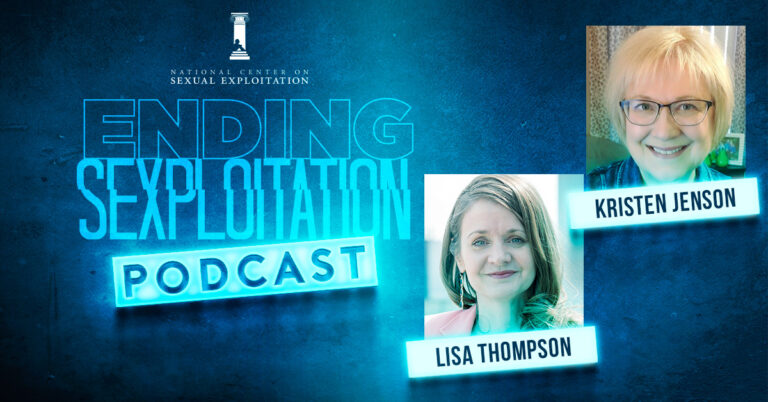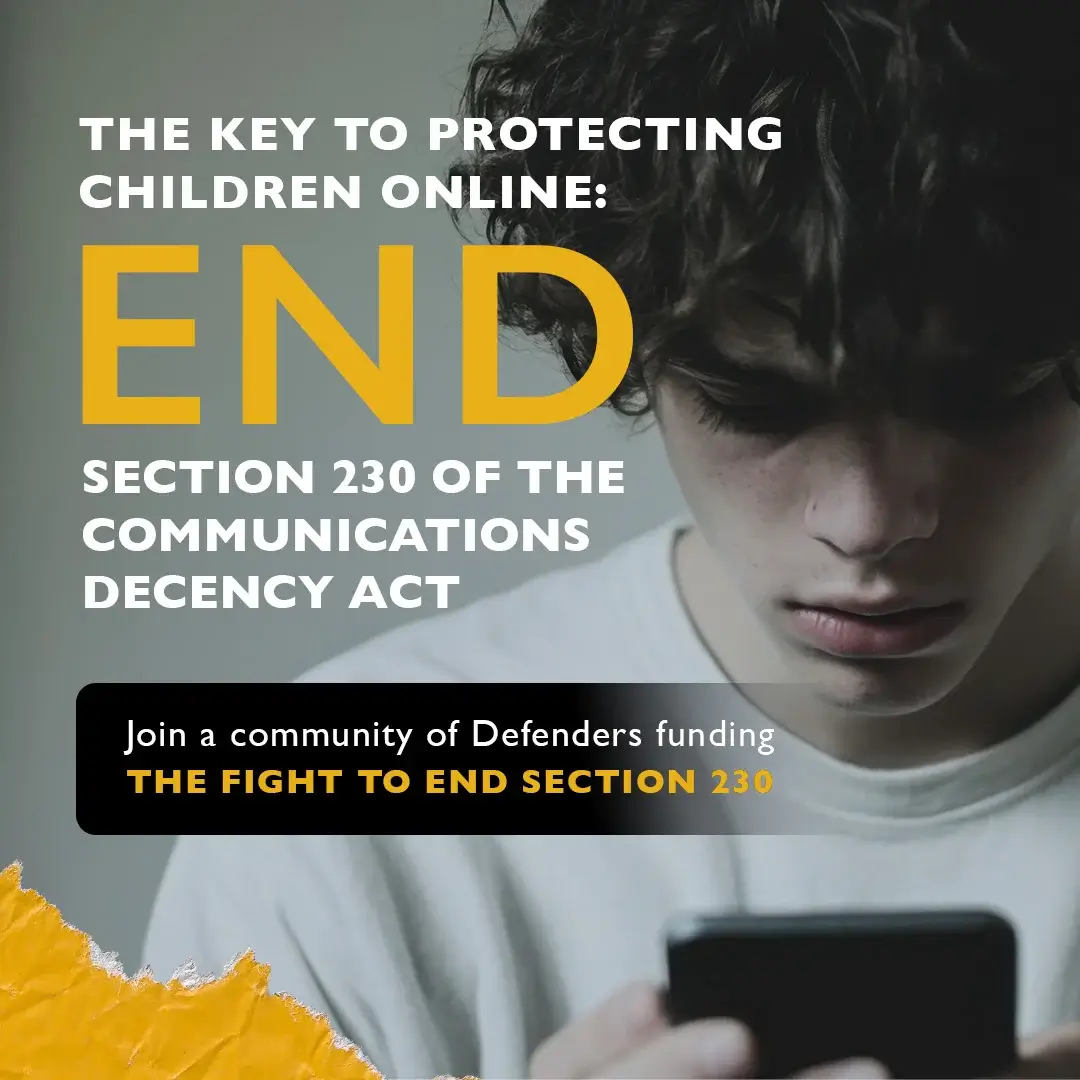Dance can be a healthy outlet for children both physically and emotionally, allowing them a fun outlet of expression while improving the condition of their heart, reducing risk of osteoporosis, and educating them in a beautiful art form. In recent decades, however, the culture has seen a dramatic shift away from educational dance. Currently, it’s not uncommon to see hypersexualized dance routines and performances being taught to girls as young as four and five years old.
Dance Awareness: No Child Exploited (DA:NCE) recently published a short video (embedded below) exposing these troubling changes. Stages full of young children wearing bikini-like costumes with knee-high boots and chokers while rolling their bodies to music more suited for a club than an elementary-age dance recital is a reflection of detrimental cultural shifts favoring harmful dance over healthy dance.
Here’s how that presents significant problems: the onstage sexual objectification of children effectively normalizes the grooming process.
This normalization of the sexual objectification occurs in (at least) two distinct ways. First, the audience and society at large become comfortable with looking at a child dressed up and acting like a stripper. Second, the child involved is taught that this sexualized portrayal of herself is attractive and therefore normal. In these ways, children are being trained to submit to sexual requests and are being groomed for potential predators that may approach them online or in-person.
Although there are many girls who don’t dance, exposure to provocative dancing in music videos can have a similar effect in teaching girls about their own bodies. In a 2010 report from the APA Task Force on the sexualization of girls, analyses of music videos indicated that 44%-to-81% of music videos contain sexual imagery and 57% highlighted women whose sole purpose in the video is to be a decorative sexual object. These women rarely play an instrument. Instead, they dance provocatively for the man facilitating the interaction.
Whether girls come to see their bodies as sexual objects through dancing themselves or through watching others dance, research links this sexualization with eating disorders, low self-esteem, and depression. This isn’t a mindset that girls can just turn off. It is pervasive and it can harm them for their entire life.
To bring awareness to the problem of children being hypersexualized through dance and to provide context on the role of healthy dance in a child’s development, DA:NCE and the National Center on Sexual Exploitation have more online information and resources that you can read or watch to further educate yourself. Watch the full video above, share this post on social media, and bring this up in a conversation with other parents! It doesn’t take a lot of effort to contribute to this important conversation and our children’s safety is worth it.



